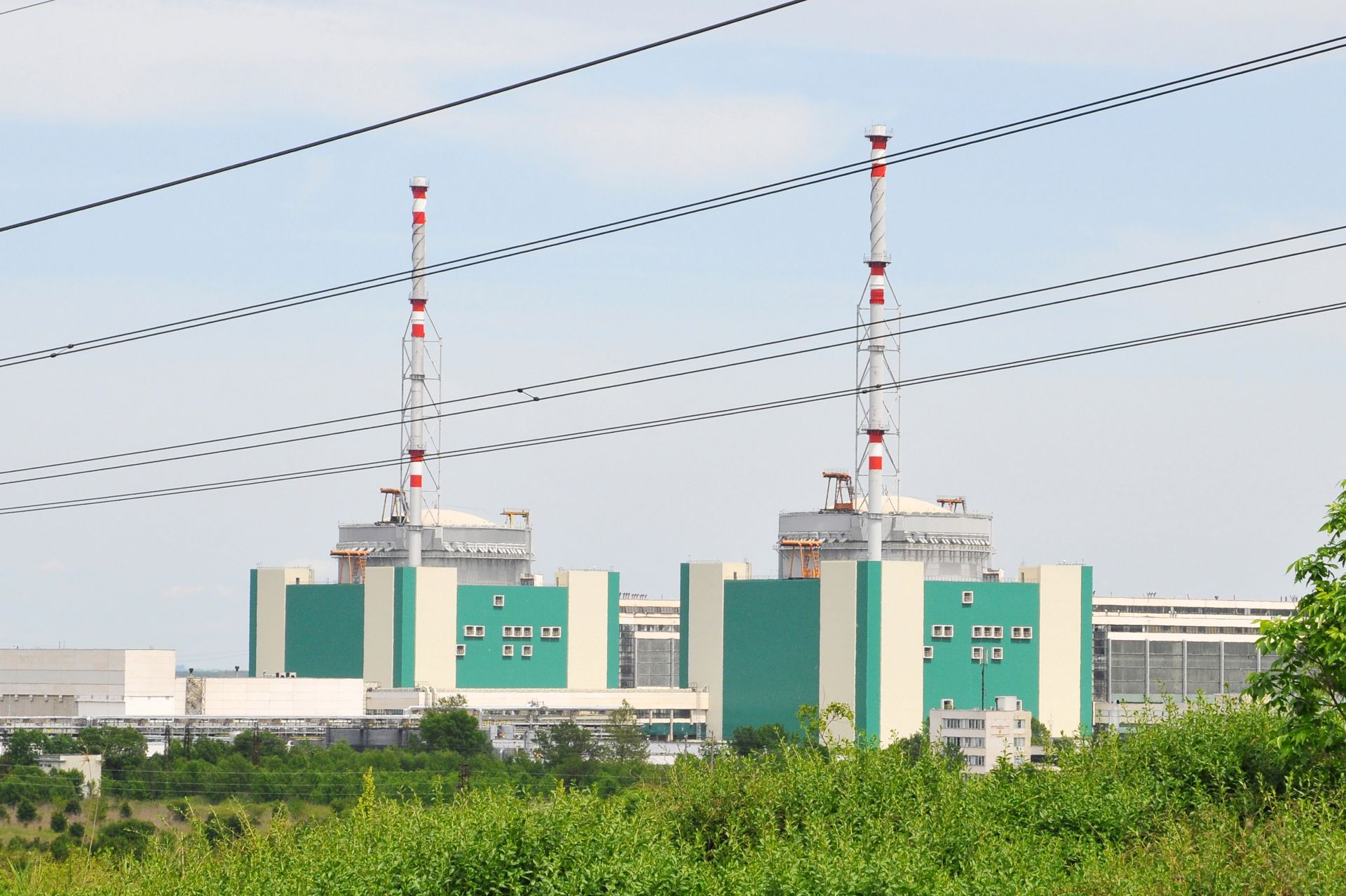Nuclear part of conversation at U.S.-India “2+2” talk

From left: Secretary of Defense Mark Esper and Secretary of State Mike Pompeo participate in the U.S.-India 2+2 Ministerial Dialogue plenary session with Indian Defense Minister Rajnath Singh and Indian External Affairs Minister Subrahmanyam Jaishankar in New Delhi, India, on October 27, 2020. Photo: State Department/Ron Przysucha
In New Delhi earlier this week, U.S. Secretary of State Mike Pompeo and Secretary of Defense Mark Esper joined their Indian counterparts, Minister of External Affairs Subrahmanyam Jaishankar and Minister of Defense Rajnath Singh, for the third U.S.-India 2+2 Ministerial Dialogue—a yearly confab focused on strengthening the strategic relationship between the two nations. (In February of this year, the White House elevated that relationship to Comprehensive Global Strategic Partnership status.)
The first 2+2 dialogue took place in New Delhi in September 2018, with a second held in Washington, D.C., in 2019. Washington is scheduled to host the fourth such meeting next year.
















